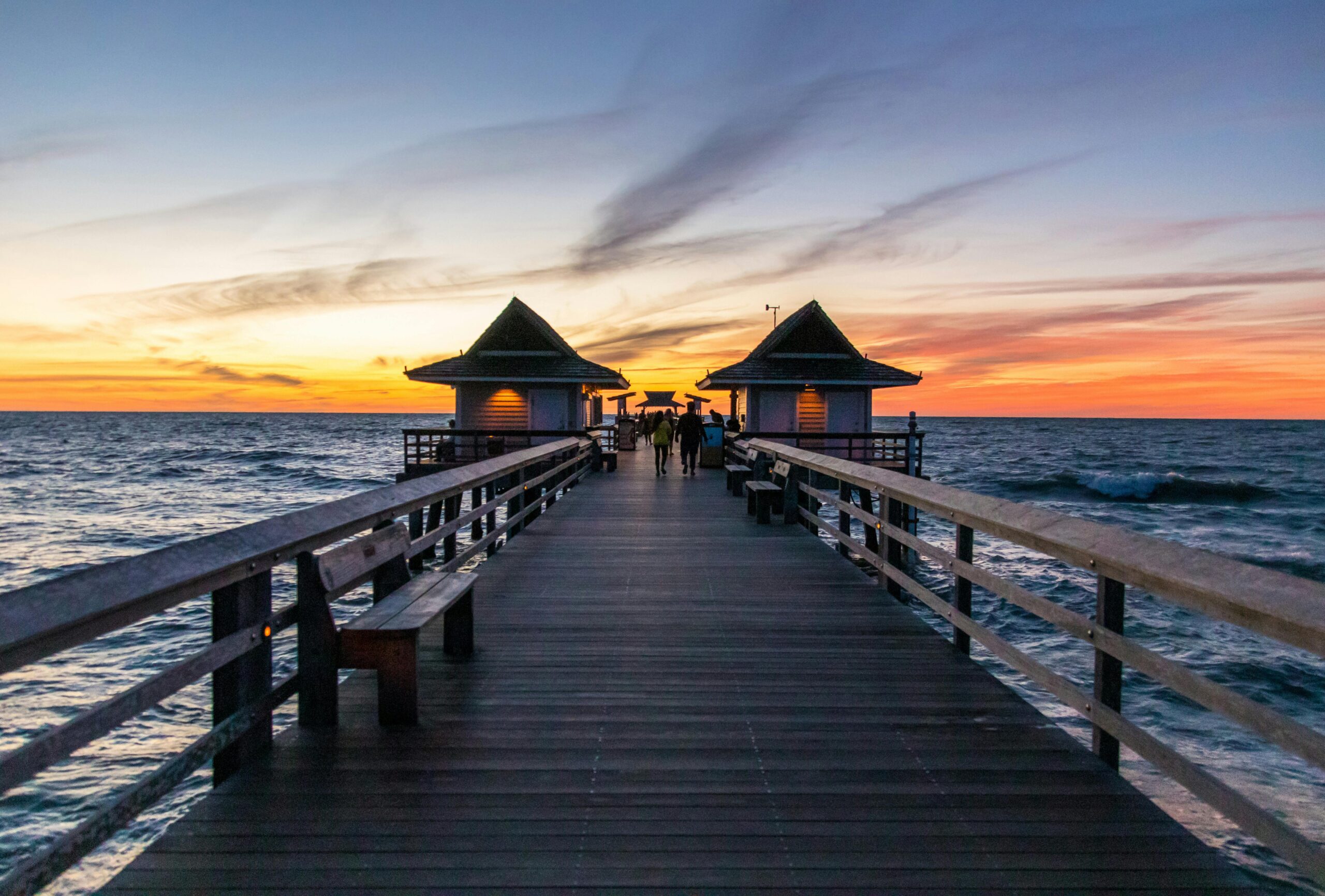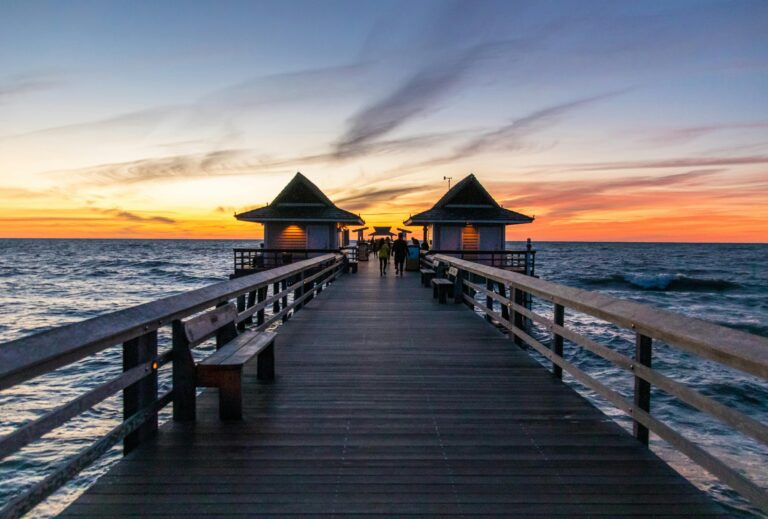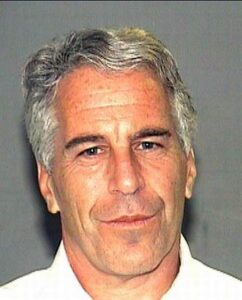
Zohran Mamdani’s surprising victory in the Democratic primary for New York City mayor has sent ripples through the city’s business and real estate communities. The self-described democratic socialist, who campaigned on progressive measures including a rent freeze on stabilized apartments and wealth taxes, has prompted renewed interest among affluent New Yorkers in relocating, especially to Florida. This migration trend is playing out in increased search activity, consultations, and even paused home purchases in New York City, as the market braces for potential outflows.
1. Surge in Real Estate Interest from NYC
Within days of Mamdani’s primary win, Florida real estate professionals reported a significant spike in inquiries from New York-based buyers. Executives at South Florida firms like BH Group and OneWorld Properties noted that contact from New York and Connecticut prospects had increased noticeably. One rumor circulating on social media suggested a 50% rise in real estate website traffic from New York, a dramatic uptick that was validated by agents at One Sotheby’s International Realty, who confirmed active reassessment by high-net-worth individuals.
2. Brokers Are Redefining Their Mission
Top brokers have been openly adapting their strategy to what one described as a “Plan B” involving relocation to Florida. Ryan Serhant, a well-known Manhattan agent, said that within minutes of Mamdani’s primary win, his team received calls about withdrawing bids in New York and pivoting toward Florida real estate. He emphasized:
“My number one job will be moving people from New York to Florida. Again.”
Similarly, Nathan Zeder of Jills Zeder Group in Fort Lauderdale said that “the amount of lifelong New Yorkers texting me [about a move to Florida] is close to shocking”.
3. Political Anxiety Meets Real Estate
The driver behind this trend is not so much economic as it is political uncertainty. Mamm 이상의 progressive platform, including proposed property tax hikes and rent freezes, has alarmed those owning or investing in New York real estate. Florida’s conservative leaders are leveraging this anxiety: Governor Ron DeSantis predicted property values in Palm Beach could “skyrocket” if a socialist wins in New York. Key Florida business groups have publicly courted New York CEOs disillusioned with Mamdani’s policy agenda.
4. Florida: A Proven Destination
Florida has already benefited from Sun Belt migration trends, particularly during the pandemic. Between 2017 and 2022, NYC lost nearly $14 billion in adjusted gross income to counties like Palm Beach, Broward, and Miami-Dade. The result has been a booming commercial and residential property market in South Florida, retail vacancy fell under 3%, and large developers have responded with mixed-use projects catering to incoming residents.
5. Realistic Expectations for Migration
Despite the buzz, many experts caution against expecting a mass migration overnight. Ruthie Assouline, active in both markets, noted that families and businesses are unlikely to abruptly uproot. Instead, interest has intensified among those already considering relocation: entrepreneurs, wealth managers, and retirees. Brokers echo that while some deal activity may pause in NYC, definitive decisions often wait until after general election outcomes.
6. Impact on the New York Market
The hesitation in NYC is already impacting certain transactions. Some high-end buyers are delaying closing on apartments, and luxury leasing deals are being reconsidered. While long-term projections remain bullish on New York’s resilience, the immediate effect is more market caution. One strategist described this as a “Mamdani discount,” where buyers anticipate reduced demand.
7. Florida Prepares for the Influx
With the potential influx in mind, Florida cities are already preparing. Local agents are ramping up services for out-of-state buyers, regional leaders are highlighting pro-business, low-tax reputations, and some, including DeSantis, have even entertained entry fees for migrants to manage infrastructure demand. South Florida sees the rising interest as a stabilization following pandemic-era peaks, though regional insurance and affordability concerns remain pressing issues.
8. Mixed Results for Florida Housing
While demand is rising, not all Florida markets are booming. Recent housing data shows growth slowing in places like Tampa and Orlando, where insurance premiums and condo upgrades have cooled activity. Miami and Palm Beach, on the other hand, continue to attract luxury buyers, keeping local prices firm.
9. Bigger Picture: Policy and Migration as a Feedback Loop
This real estate movement is emblematic of a larger trend: policy concerns driving geographic and demographic shifts. New York’s progressive turn contrasts sharply with Florida’s low-tax, pro-business governance. For wealthier New Yorkers, especially those owning real estate, the calculus now extends beyond rents and schools to the larger policy environments shaping their investment stability.
10. Looking Ahead: Election and Beyond
Ultimately, any major migration hinges on the November general election. If Mamdani loses or moderates, the rush may abate. But the infrastructure, marketing, and buyer interest are already in place in Florida. Both states face a showdown over policy direction, and whichever side prevails may win not just votes, but also homeowners.

Conclusion
Mamdani’s primary victory has reignited a familiar migration storyline: affluent New Yorkers weighing Florida as a hedge against left-leaning policy risks. For brokers, developers, and public officials in both states, this moment offers both opportunity and uncertainty. With close to 50% more traffic from New York pouring into Florida real estate channels, the coming months will reveal whether this interest becomes a lasting trend or a temporary panic spurred by political noise.





